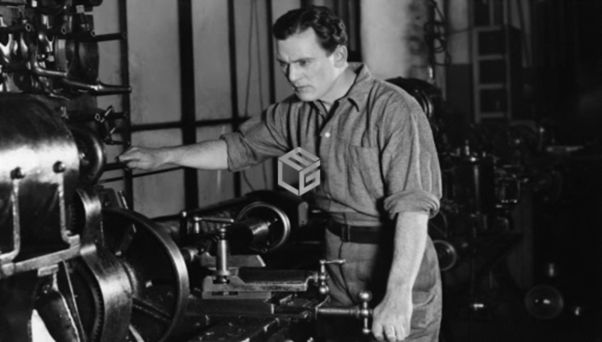
Posted on July 14th, 2020

Asbestos was the material of choice for insulating heating appliances for several years before its harmful effects were known. As a result, HVAC mechanics and those working in the heating and cooling industry were inadvertently exposed to harmful asbestos daily.
In the US, about 40-60% of the total energy use in the commercial sector occurs from HVAC systems. Asbestos-containing materials were extensively used in products that HVAC mechanics handle, which include the metal HVAC heating ducts, insulation, and floor/ceiling tiles in older buildings. Heating, ventilation, and air conditioning (HVAC) workers often had to work at residential houses and commercial establishments such as factories, offices, schools, and hospitals. The HVAC systems are usually placed on rooftops, garages, attics, on concrete slabs outside the home or office, or in other closed spaces. The use of asbestos in HVAC systems stopped in the 1980s once it was banned, however, asbestos lingers in the older systems.
The role of an HVAC mechanic at the job site

HVAC mechanics come in direct contact with asbestos-containing materials used during the construction of a building, which includes old air duct systems, tank insulation, furnace insulation, casings, gaskets, HVAC vibration dampeners, and cooling towers.
While repairing the system, old ductwork with insulation, drywall, and shingles may be cut, sanded, or disturbed, which releases asbestos into the air. As the workspace is often cramped, any form of disturbed asbestos gets concentrated in the air and reaches the lungs of the workers.
The HVAC mechanics were responsible for testing, repairing, and overhauling the complex ventilation systems. They performed several tasks that include:
- Installation of new ducts, HVAC systems, and electrical wiring
- Inspection
- Routine maintenance of existing HVAC systems
- Replacement of old and worn-out parts
- Repair of faulty HVAC systems
During routine maintenance tasks, HVAC mechanics change the filters and check the furnaces. They open the panels and compartments to perform this task and are likely to disturb the asbestos debris that may have collected in the space.
HVAC mechanics develop asbestos-related diseases as a result of occupational exposure
The inhalation of asbestos dust can cause life-threatening health issues. While long-term asbestos exposure is the primary cause of mesothelioma, it can also lead to asbestosis and lung cancer. These diseases do not show any symptoms or signs for two to five decades after exposure to asbestos and for this reason, most HVAC mechanics who get sick after retirement fail to connect their illness with their previous asbestos exposure. HVAC mechanics are over four times more likely to die from asbestosis than other people, as per the article published in EC Pulmonary and Respiratory Medicine, which presented the analysis of asbestosis deaths in the US between the years 1970 and 2014.
Still, it is important to note that, if you are a former HVAC mechanic and have asbestosis, you cannot file a claim for asbestos exposure, as only people with specific cancers are eligible. If you received a diagnosis of the following cancers, you are eligible to file a claim:
- Lung cancer
- Throat cancer
- Esophageal cancer
- Bronchial cancer
- Gastrointestinal cancer
- Colorectal cancer
- Mesothelioma
We help HVAC mechanics file their claims for financial compensation
If you were an HVAC mechanic, you are at risk of developing asbestos exposure-related diseases. In case you have received a diagnosis of asbestos-related cancer, it is necessary to contact a lawyer specializing in asbestos-related claims as early as possible.
Victims of asbestos-related conditions can receive financial compensation that helps to cover their lost income, medical expenses, pain, and suffering.
We have a team of experienced attorneys who can evaluate your case and assist with filing a claim with the appropriate trust funds.